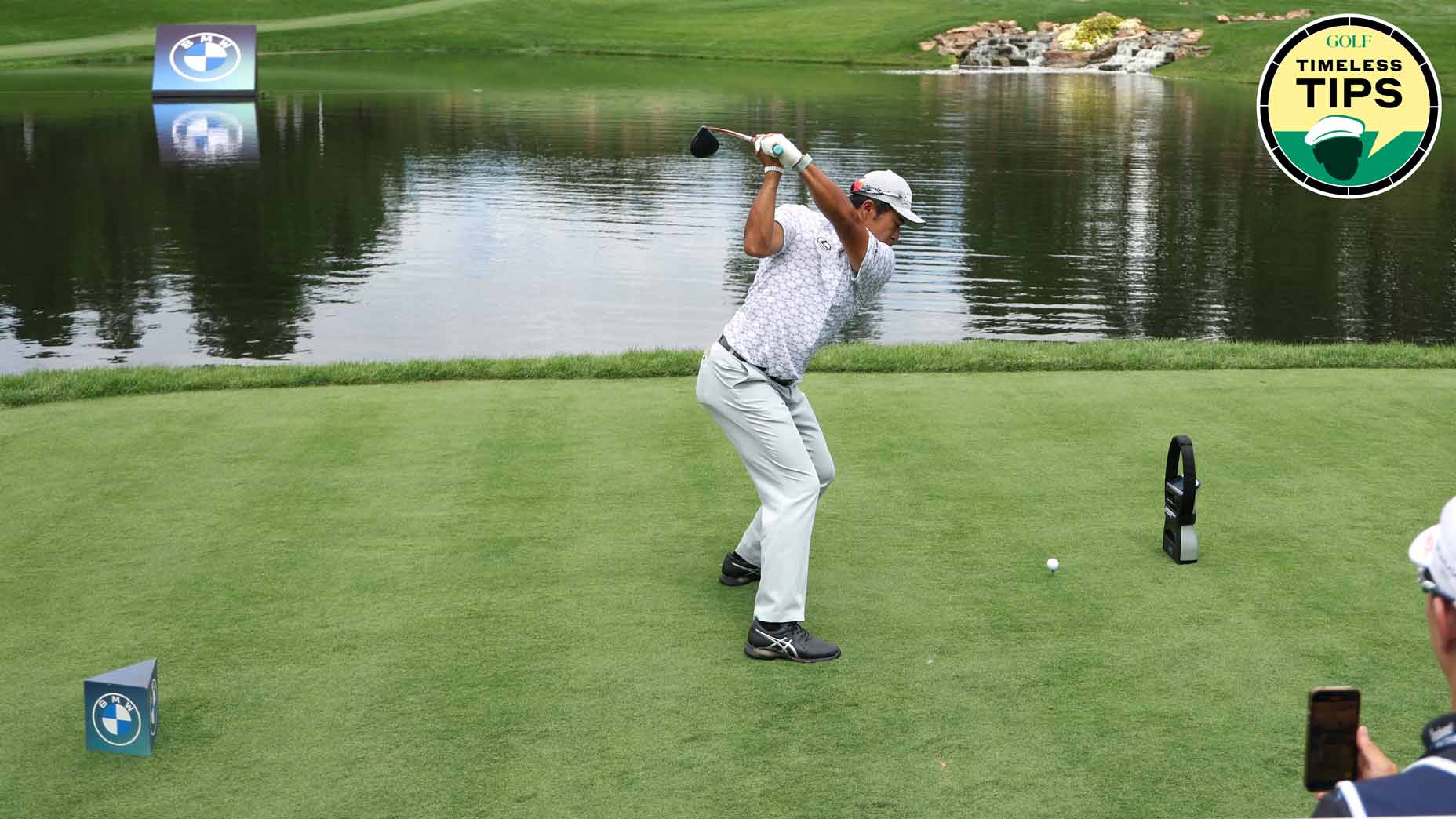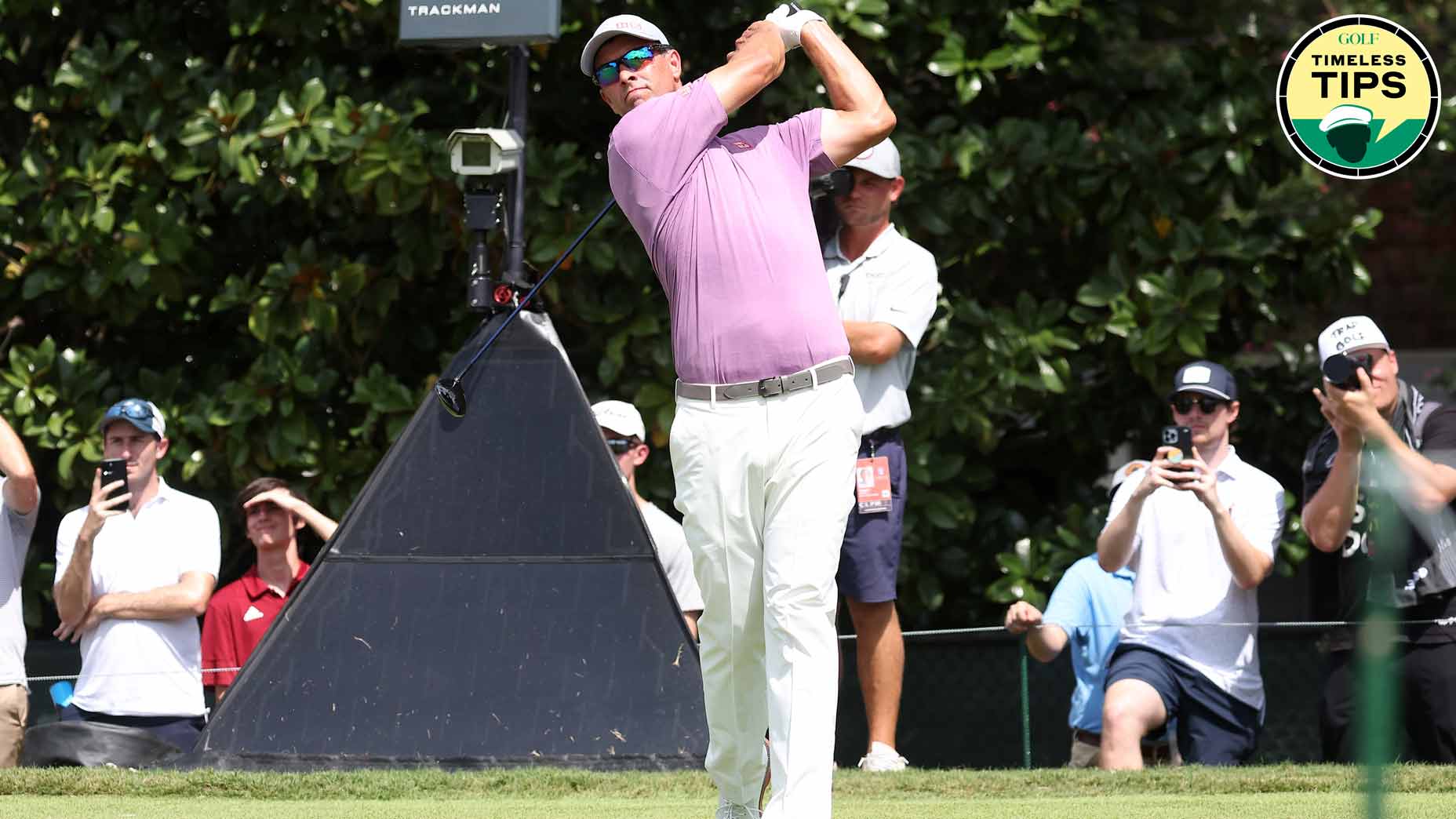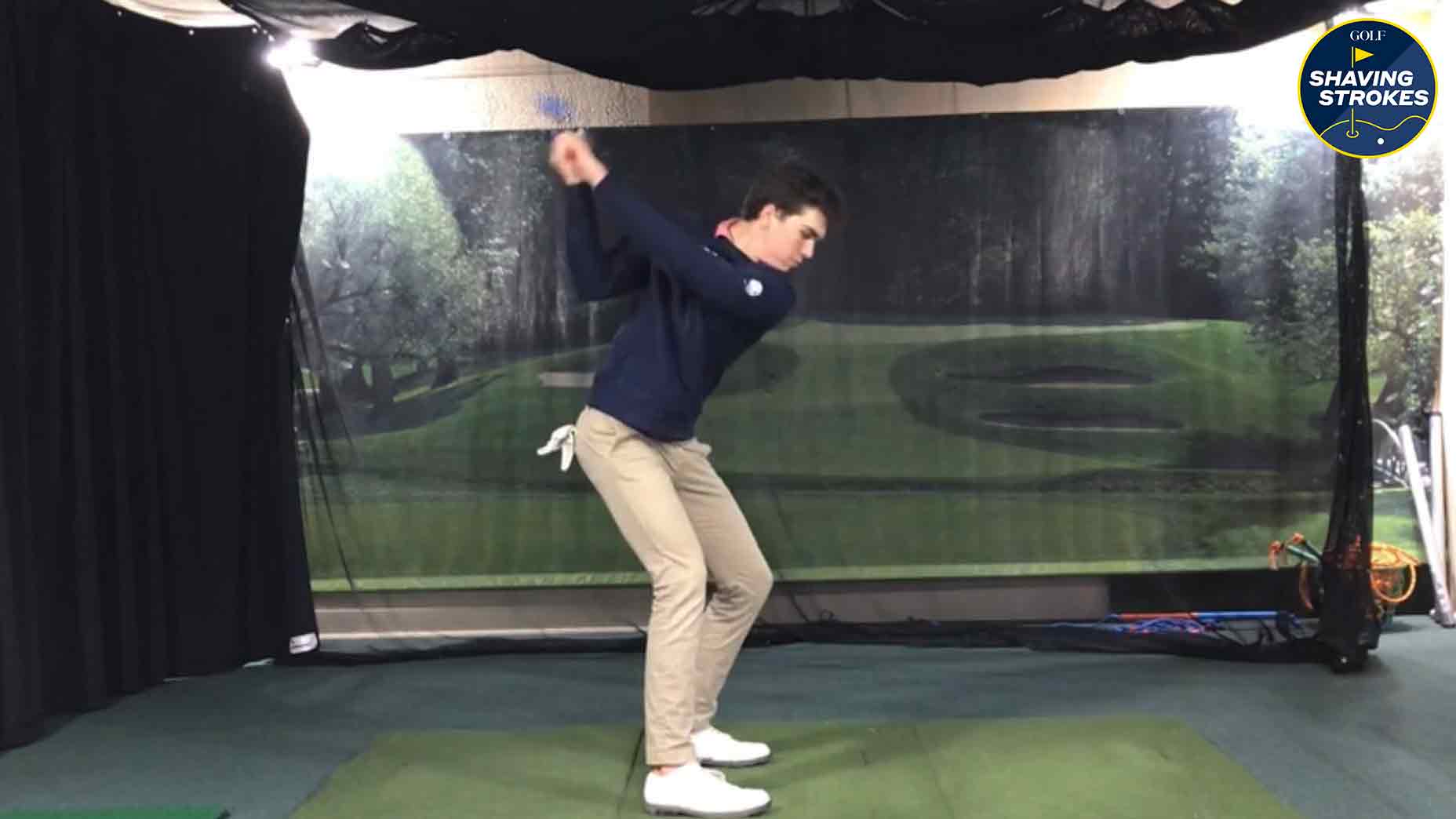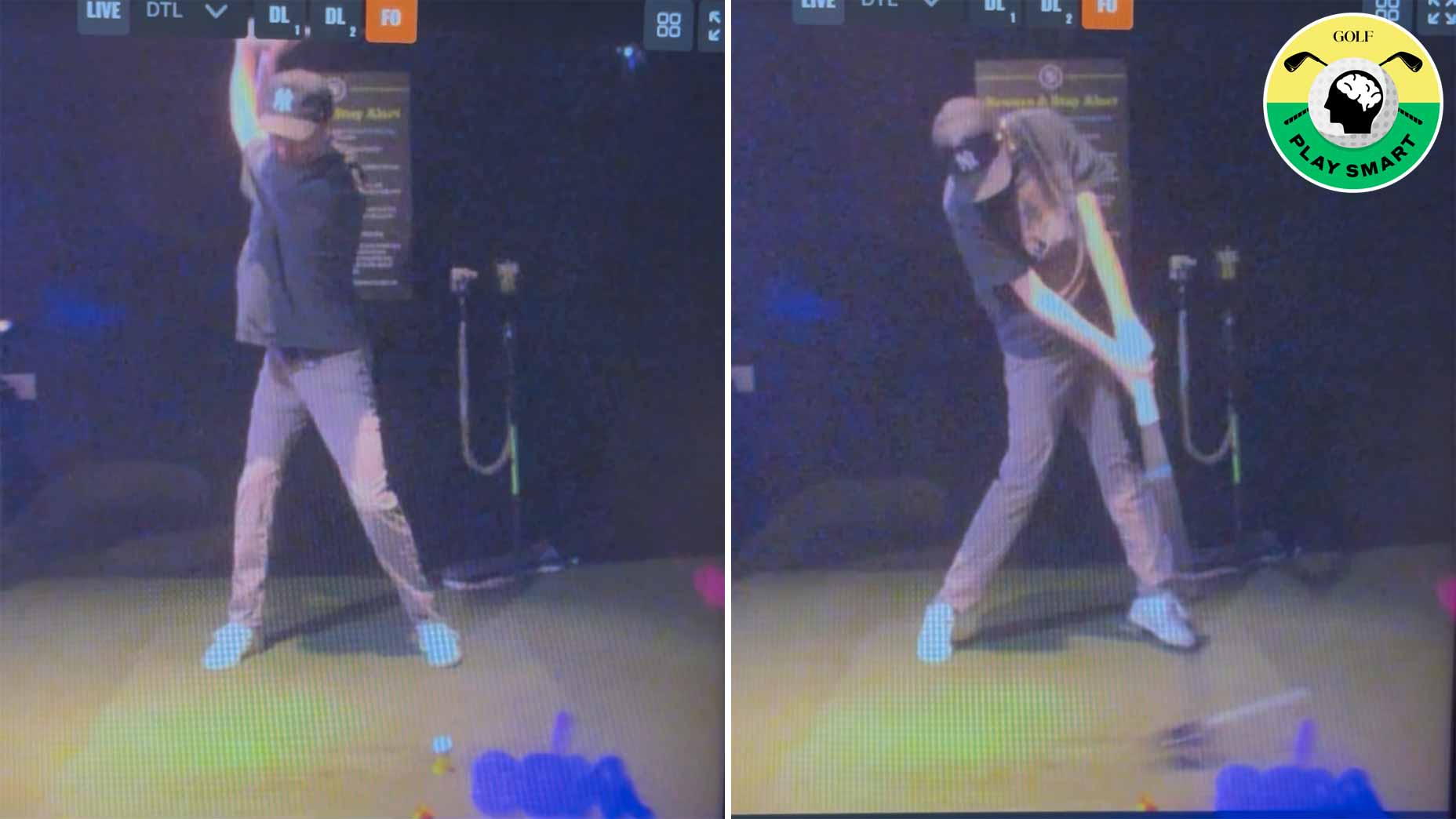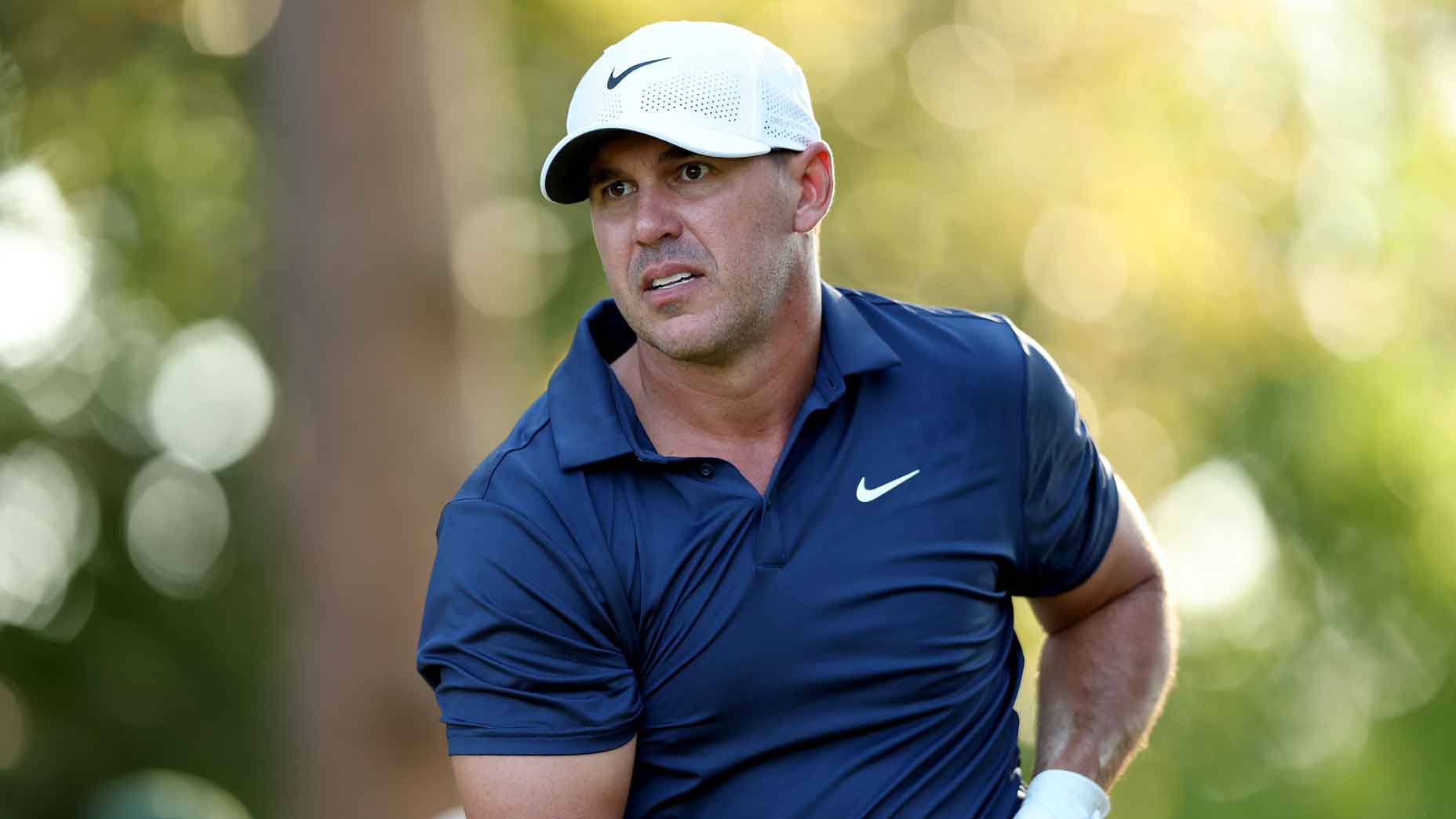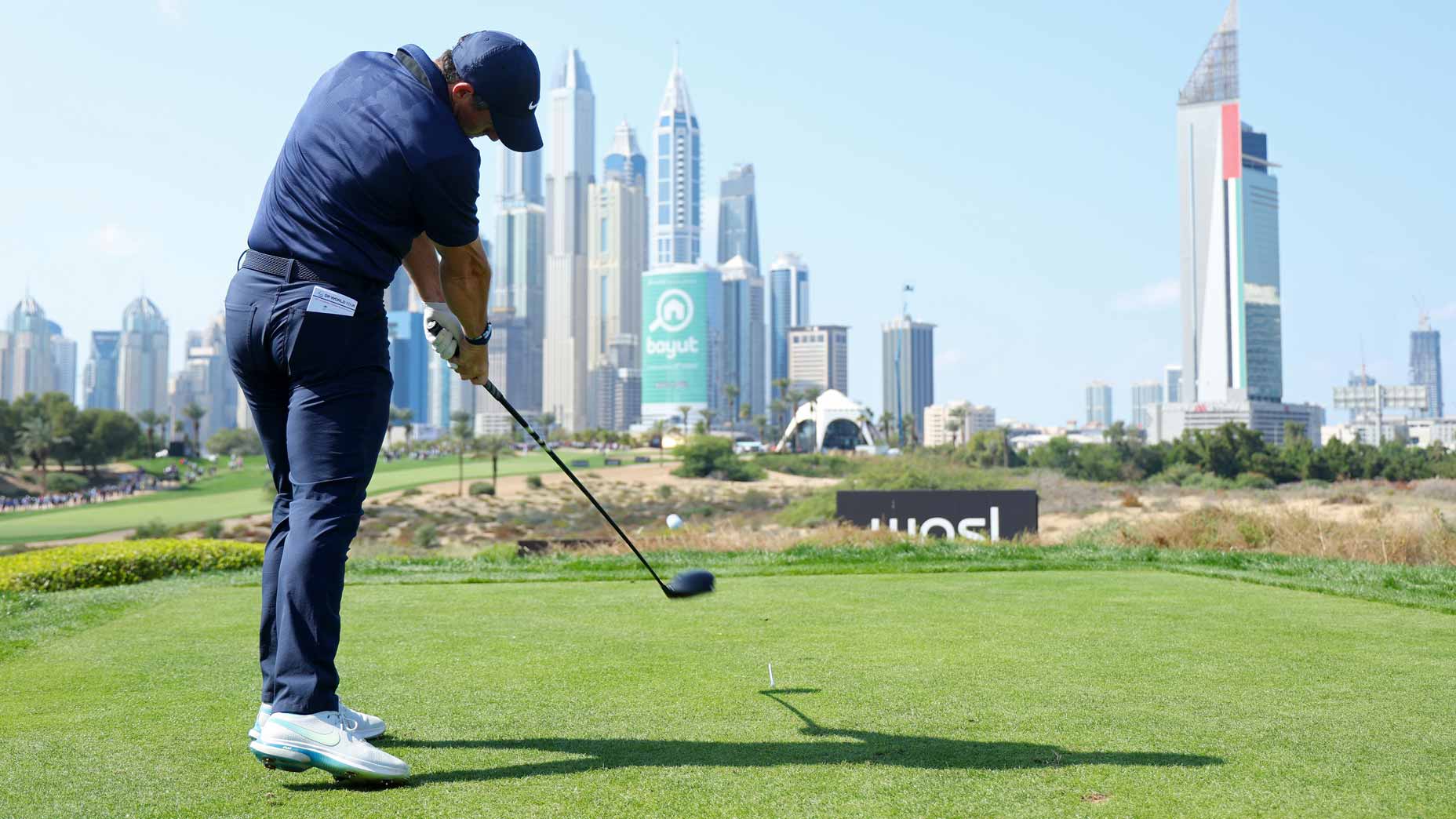Golf instruction is ever-evolving, but the best advice stands the test of time. In GOLF.com’s new series, Timeless Tips, we’re highlighting some of the greatest advice teachers and players have dispensed in the pages of GOLF Magazine. Today we look back to our November 1979 issue where we shared some tips on how to hit the ball longer. For unlimited access to the full GOLF Magazine digital archive, join InsideGOLF today; you’ll enjoy $140 of value for only $39.99/year.
The current era of golf is all about power. If you can’t bomb it down the fairways, you don’t have much a chance to compete at the highest levels. This obsession for power isn’t a new phenomenon, though. For as long as the game has been around, golfers have been looking for ways to hit the ball longer.
Our November 1979 issue of GOLF Magazine proves as much. On the cover of that issue, we promised seven easy ways to hit the ball hard. And in today’s edition of Timeless Tips, we’re resharing those tips from legendary instructor Phil Ritson. Check ’em out below.
7 easy ways to hit the ball hard
My pupils often ask me what is the secret of power? Truthfully I have to answer: There is no one secret. Every golfer would be pumping the ball out long and Straight if there were. But I have thought a lot about power and over the years have found seven master keys that make the difference between having power or not. Most golfers get these keys wrong, thereby preventing any possibility of consistently powerful shots.
The keys are simple, because golf is difficult enough without further complicating it. But don’t let their simplicity delude you into thinking that all you need to do the next time you go to the course is think of them and immediately you’ll be a long-ball hitter. No, these keys will develop into new and correct habits only if you give them the necessary practice.
Approach one key at a time. An effective way of ingraining each of them into your golfing system is to take a lot of “dry swings,” that is, swinging without the ball. Make three or four of these, concentrating on the key you want to acquire. After the dry swings, hit a ball, again with that one thought in mind. Repeat the process until the key has become a habit.
1. Keep your left hand straight
A key factor in power is the angle you set in the left hand at address. This angle I call the ‘‘straight’’ position. To adopt it, extend the fingers of your left hand in line with your left forearm. Make a fist, and the back of the left wrist makes a slight angle with the forearm. This “straight” position is the most powerful way to grip the club.
I teach all pupils to hold the club so that the thumb of the left hand is at 12 o’clock on the grip. With the so-called “strong” grip (hands turned very much to the right on the grip), either they swing back to a totally shut position (convex left wrist and clubface pointing to the sky) and don’t have the physical strength to hit the ball from there, or in their attempt to cock their wrists the left wrist collapses under the shaft. They over-swing and lose control of the club. With the “‘straight’’ left wrist, they can’t over-cock the wrists because the left thumb properly supports the club at the top of the swing.
The left hand should remain in the “straight” position from address to follow-through.
2. Turn both shoulders
The cardinal sin of most golfers is not completing the backswing. The downswing then becomes rushed, and they lose power. The most common reasons for an incomplete backswing are: 1. Swinging back with the hands and arms only and leaving the shoulders to turn for themselves, and 2. Overemphasizing the left shoulder in the shoulder turn.
Adam Scott’s 5 keys for generating easy powerBy: Zephyr Melton
Two further complications emerge from this overemphasis on the left shoulder. First, too many golfers think of “left shoulder down,” which leads to straightening the right leg. The weight is transferred back to the left foot in a reverse weight shift. Second, because the right arm sets and breaks down in the correct backswing, the right shoulder easily becomes hunched. The right shoulder stops and prevents a full wind-up.
These problems are solved by turning both shoulders. Also, your swing will always be in the correct tempo. You will have a sensation of swinging up and down at the same tempo — what I call the “pendulum feel” — the key factor in the smooth application of power.
3. Step on a ball
A third power key is shifting the weight to the inside of the right heel during the backswing. To get the feeling of this, practice using a ball placed under the little toe of the right foot. This will make you shift your weight back to the heel. Also because the ball is placed on the outside of the foot, it will prevent the weight from moving to the outside of the right foot, causing a sway. The weight shift shifts instead to the inside of the heel. the key feeling of sitting into the right side as the hips and shoulders turn and the club swings up into position. The right knee will flex slightly more than at address as you coil the body around it. As an important benefit, this ball exercise encourages you to place the weight on the balls and heels of the feet and discourages you from hitting off the toes.
4. Carry a tray
One of the key checkpoints for a powerful swing is the “waiter’s tray” position of the right arm at the top of the swing. The proper downswing action of the right arm is an underarm move, very similar to throwing a ball underhand and it’s much easier to make the underarm move in the downswing if you have allowed the right arm to fold into the “waiter’s tray” position on the backswing. This position is the correct one from which to make the move down and through without you having to make any compensating action.
It’s possible, of course, to execute a correct downswing from a “flying right elbow” position — Miller Barber proves that at every event he lays. Remember, however, that Barber has worked for many years to make this unorthodox action workable. (It’s unorthodox in the sense it’s fine for him, but not for the average player who has far less time to fine-tune their game.)
5. Separate the knees
One of the greatest power moves in golf is the “separation” of the legs. When you start the downswing, the left knee moves laterally down the feet line, shifting the weight to the outside of the left foot, from little toe to heel. You hold the right heel on the ground — a useful image here is to think of “nailing” your right heel to the ground. Ultimately, of course, both knees will move laterally, but for a split-second, you should be in a “bowlegged” position created by the lateral movement of the left knee independent of the right. It’s almost a feeling of “sitting laterally.”
3 ways to add more natural power to your golf swingBy: E.A. Tischler, Top 100 Teacher , Nick Dimengo
The lateral move of the knees does two things: First, it helps you make the correct “underarm” downswing action, where you are hitting underneath and down the line. All the great players work “underneath”’ Second, because the left knee starts its “bowlegged” move slightly before the upper body has completed its windup, you create tremendous leverage. Once the weight is solidly into the left foot, you can clear the hips to the left as fast as you like, in fact, the faster you clear the hips, the more pull you create in the left side and arm, and the more clubhead speed you’ll generate.
Important: Keep your left knee “soft” or flexed through the ball. This will prevent your head and upper body from working past or over the ball before impact.
6. Hitch a ride
If you ever hear anyone telling you to rotate your hands or wrists, get your bag, turn around and run as fast as you can! At no point in the swing should you ever consciously rotate the hands or the wrists. This is particularly true in the release.
If you try to turn your hands or wrists through impact, you will lose control of the ball. How much do you roll them and when? The timing is too critical and the clubface remains square to the line at impact for too short a time, and maybe not at all.
Actually, the clubface should never “‘roll’’ open or closed, but in the downswing, the clubhead does work | from a toe-up position halfway down — to toe-up in the extension position be- cause of the rotation of the body through the shot and the uncocking of the wrists.
To make a correct release, pretend you’re a hitchhiker thumbing a ride. You should feel your left forearm turning over with the back of the left hand remaining, as always, in the “straight’’ position. You accelerate through the shot.
7. Lay your right ear on a pillow
Perhaps the greatest fantasy in golf occurs when you hit the ball badly. People immediately say, “You lifted your head,” whereas I think the opposite is true. When you make an effort to keep the head down, you can lose freedom not only in the followthrough but also in the whole downswing. You will obtain less clubhead speed and less distance.
Once the ball has been hit and the shoulders and arms are past the original ball position, you must allow the head to rotate for a free followthrough. In other words, the neck rotation will follow the turn of the shoulders.
Allow the head to rise in the right way, from underneath. As you swing through, lay your right ear on an imaginary pillow. This will give you the correct head rotation and encourage an uninhibited pass through the ball and maximum power.
